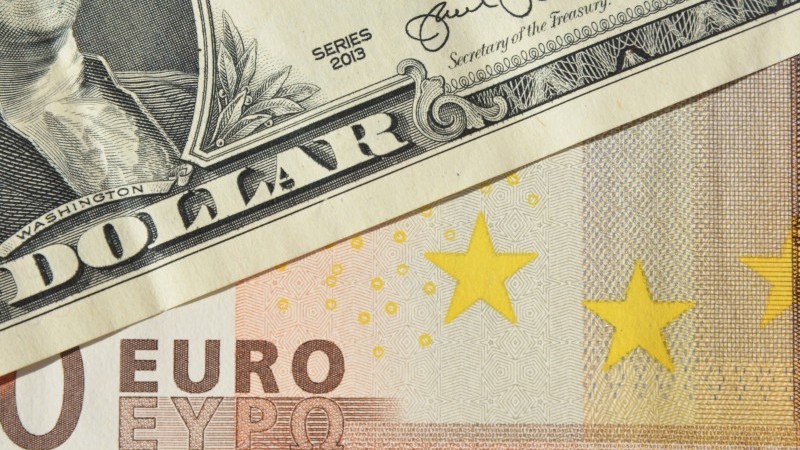Bonds started the week higher on Friday's decline in U.S. non-farm payrolls, continuing dovish sentiment. In addition, the ISM manufacturing index and service index both fell below 50 last week, and the market is increasingly showing signs of a slowdown in the US economy. In contrast, Monday morning's Eurozone PMI reflected a continuation of the modest recovery, with the final composite PMI for April at 51.7. However, keep in mind that the US quarter-on-quarter growth rate in the first quarter of this year was 1.6%, while in the euro area it was only 0.3%.
The euro fell on the day as markets remained unfazed by the various Eurozone PMI numbers, despite most coming in better than expected. Rather, attention seems to be focused on speakers from the European Central Bank, including comments by Chief Economist Lane expressing confidence in June's interest rate cut. Some of the more dovish ECB Governing Council members have suggested a total of four rate cuts in 2024, but in our view, improving growth does not justify such a steep rate cut. do not have. Our base case forecast remains unchanged, but given the data to date, the market is currently pricing in the deal to be completed, so it won't even total 75bp. In our view, pricing in two to three rate cuts this year would be more justified.
In the short term, the catalyst for higher yields could still come from the US. This week, the US has three UST auctions scheduled: a new 3-year note on Tuesday, a new 10-year note on Wednesday, and a new 30-year note on Thursday, following recent more dovish data and comments from the Fed. , we will be testing the duration demand. Yields have fallen significantly over the past week, so the $125 billion issuance should help confirm the health of current levels. And even if it is easily absorbed by the market, we think the real test will be next week's April US CPI numbers. The consensus is still at 0.3% m/m for the core sector, which is not a good number on an annualized basis.

